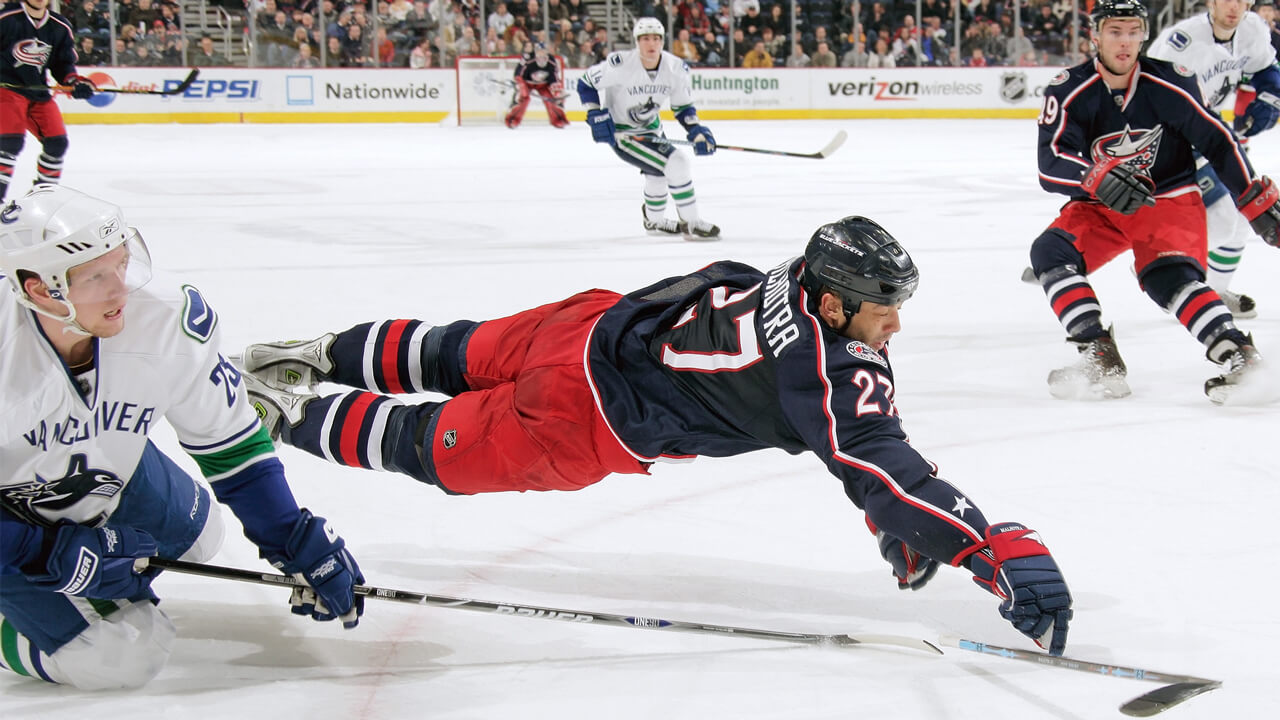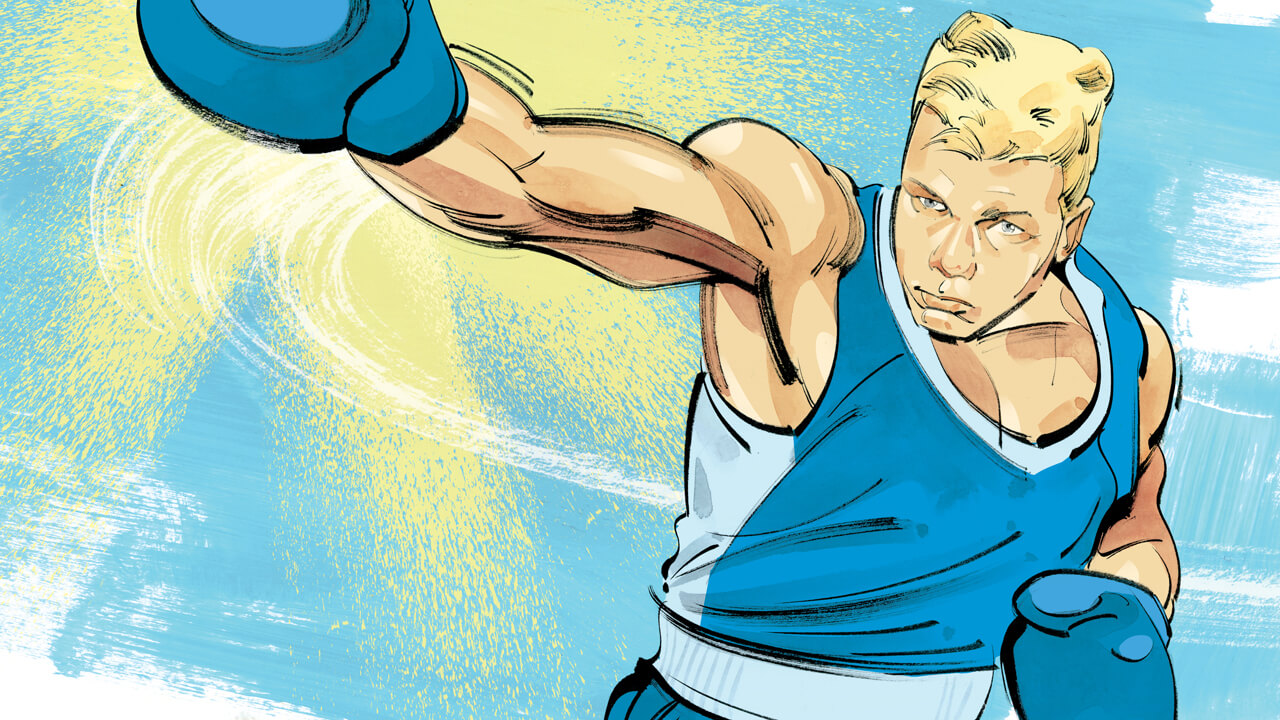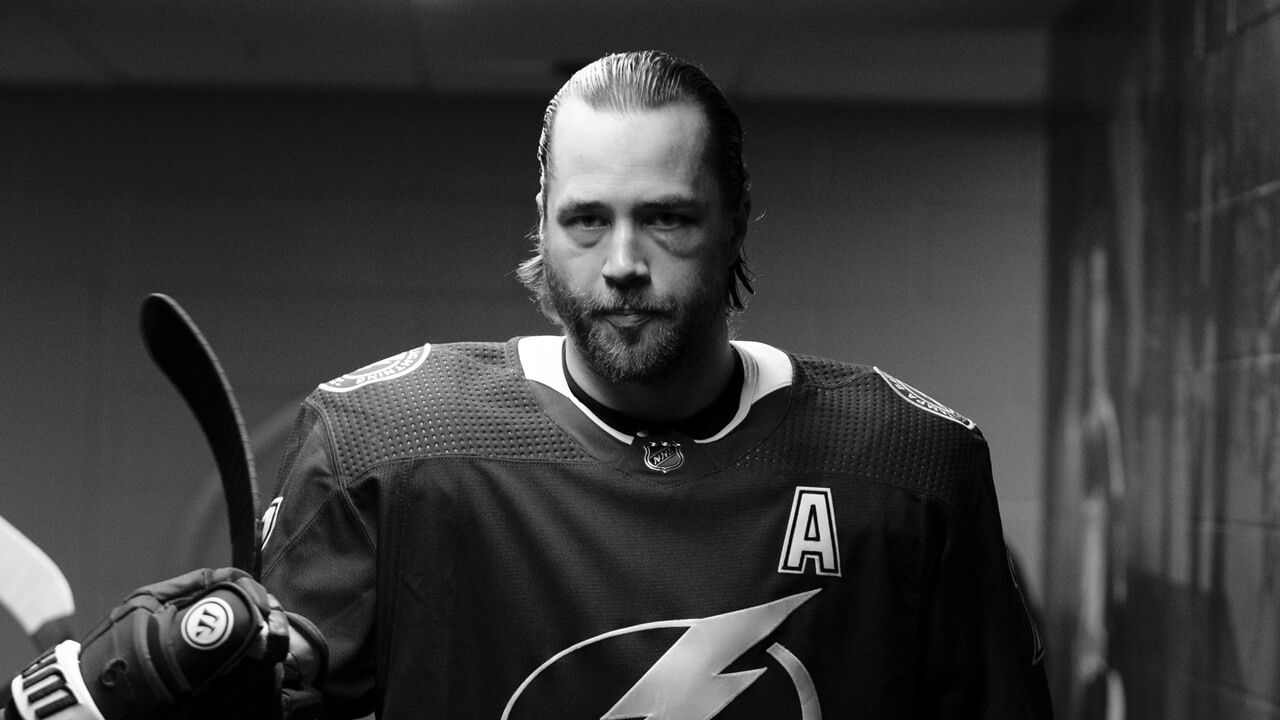That season Malhotra transformed into more of a student of the game. Hitchcock showed him the importance of the “Why” behind every on-ice action and the added layers of knowledge were addictive. “At that point, I had played for a lot of coaches in a lot of different systems,” Malhotra says. “And for the most part, you’re always just told, ‘Do this. This is what we’re doing.’ Whereas for Hitch, he gave you the ‘Why.’ And for me, it was kind of like a lightbulb moment.
“It was fun for me because it gave me the freedom to think the game a little bit more,” he adds. “I really enjoyed that side of it. And then, even just communicating with my teammates and talking to them about the game, talking to them on the bench, talking between periods. I really started to enjoy that aspect of the game. So, that’s when I started to have that seed in my mind that I think I would enjoy coaching.”
Hitchcock, whose 849 wins are third on the NHL’s all-time coaching list, says Malhotra embraced the changes and was a different player literally the day after their talk. And it didn’t take long for teammates to follow. The Blue Jackets set a then franchise-high of 92 points and made the post-season for the first time in team history. Hitchcock says the accountability on the roster completely changed and it started with Malhotra.
“He helped a fledging organization really grow,” says Hitchcock. “He was the ultimate glue guy. He was the guy where if you want to know how to work, look at this guy. You want to know how to play the right way, look at this guy. You want to know how to act and behave as a professional, look at this guy. We had someone that we could point to. And it was Manny.”
For the rest of his 16-year playing career, Malhotra would be that guy, the one who led by the strength of his example and earned respect not through stats and star power but rather his approach to the game. When his playing days came to an end, a transition to coaching would’ve been a no-brainer for anyone who’d shared a dressing room with him. And since taking an assistant’s role with the Vancouver Canucks, he’s been a key behind-the-scenes asset for the club and its promising young core. Several people within the industry peg him as a rising star in the coaching ranks who’s got all the qualities of an excellent NHL bench boss. And should that happen one day, it would be more than just a sound hockey decision‚ it would also be a trailblazing moment.








